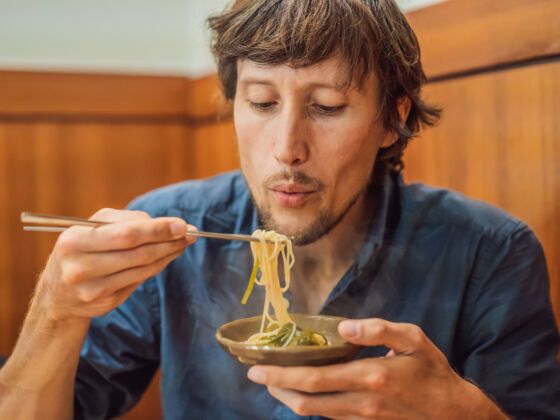“Gimmieaventidecafwithlegsandleaveroom,” a sturdy tourist blurted from across the counter.
The Korean Starbucks barista froze behind her register.
“Give me a venti decaf with legs, and leave room,” the man repeated, this time slower but annoyed.
The barista nodded her head, punched something into the register, and pointed to the card reader. I’m sure the customer got some variant of coffee, but I promise he didn’t get what he meant to order.
I think most tourists would agree that speaking in jargon-filled English at the speed of an auctioneer in any country whose official language isn’t English is rude and, perhaps, a bit ethnocentric. If a visitor did that in the US, people would be annoyed.
But, even if you consider yourself a well-mannered globetrotter, there’s likely a few other South Korean faux paus you could break unwittingly if you aren’t privy to them. If you want to have a fantastic time in Korea and leave a fantastic impression, check out these six things tourists do in South Korea that drive locals crazy before boarding your flight.
